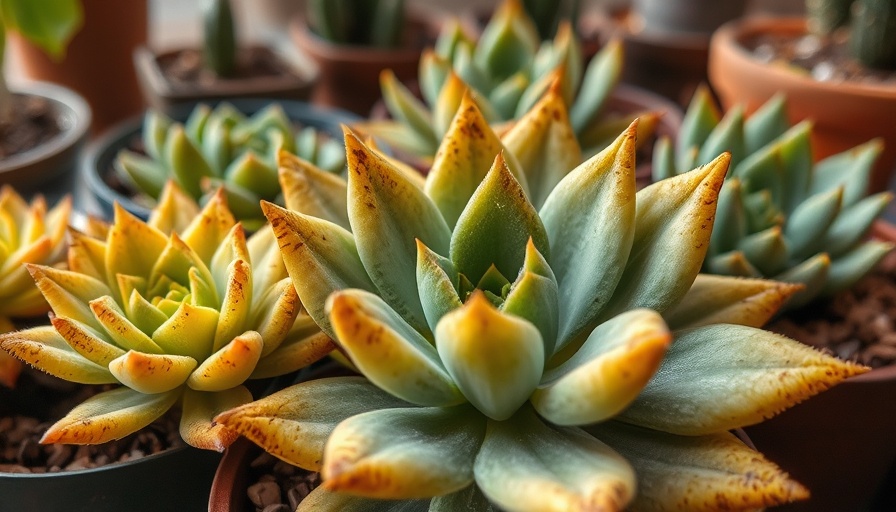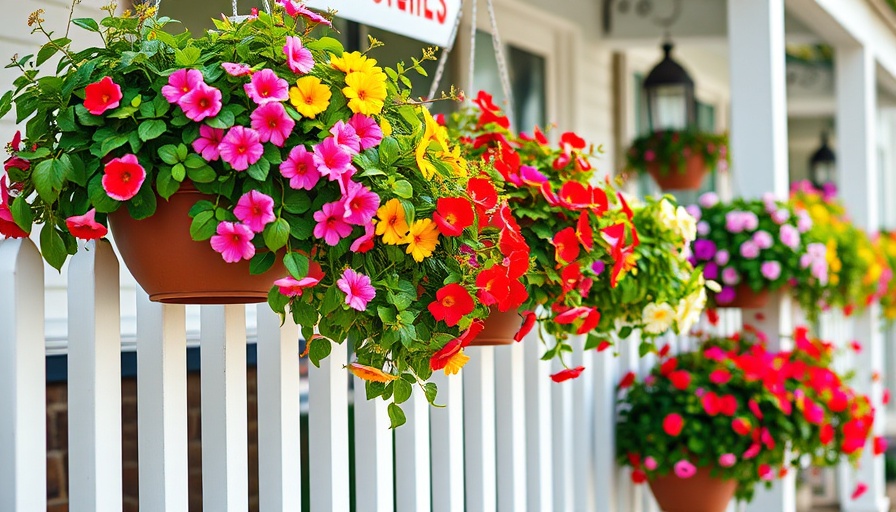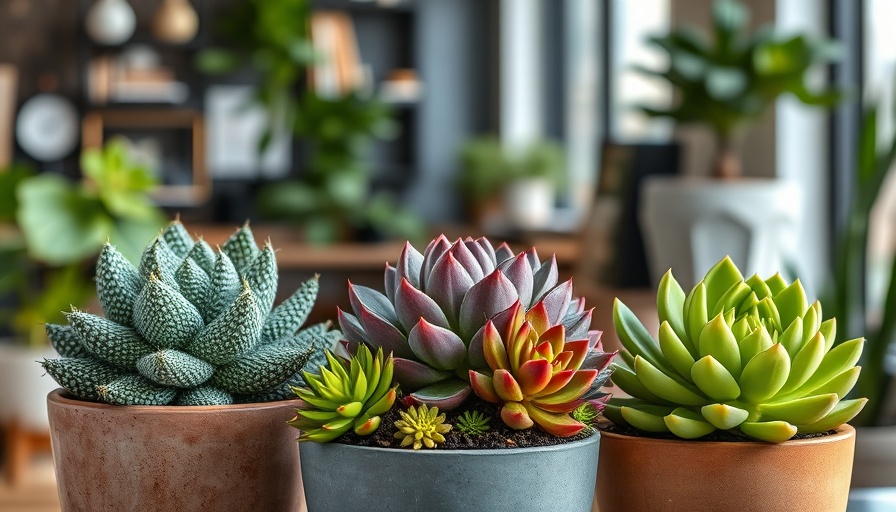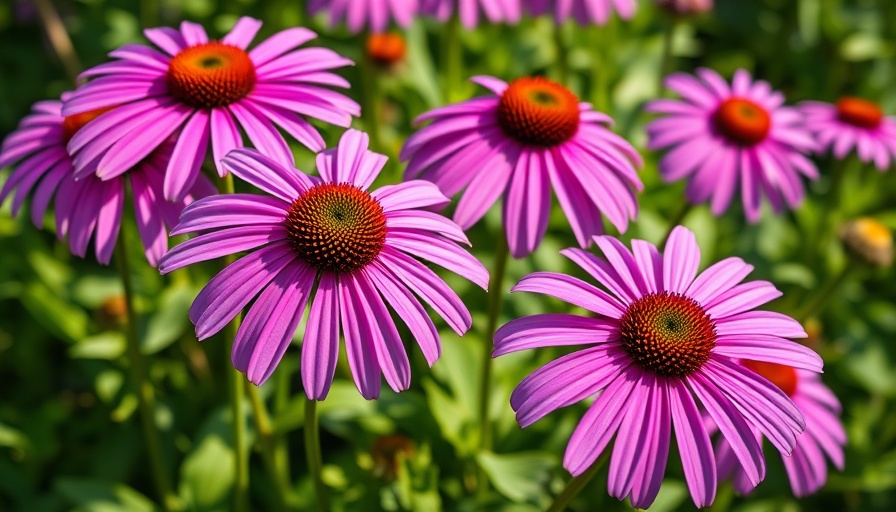
Your Succulents Are Crying for Help: Understanding Yellow Leaves
For many urban gardeners, particularly in places like Metro Vancouver, succulents are a perfect choice for balcony bliss. They require less water and thrive in small spaces, making them ideal for those limited yard areas. However, if you've noticed your succulent leaves turning yellow, it’s an urgent call for your attention. In this article, we’ll unravel the reasons for yellowing leaves and provide actionable insights to keep your beloved plants vibrant and healthy.
In 'Why Are Your Succulent Leaves Turning YELLOW', the video explores key signs of succulent distress, prompting us to analyze their care needs further.
Common Causes of Yellowing in Succulents
Yellow leaves on your succulents can be attributed to several factors, chief among them is overwatering. Many succulent varieties, such as jade plants and echavarias, do not thrive when their roots are submerged in soggy soil. Root rot sets in when they can’t breathe, leading to unsightly soft, mushy yellow leaves. To remedy this, make sure to only water when the soil feels bone dry. Water thoroughly, allowing excess to drain out completely – no puddles allowed!
On the flip side, underwatering can cause your plants to become stressed, often showcasing yellow leaves and shriveled appearances. Succulents like aloe and zebra plants require a steady watering routine; water only when the soil is dry, ensuring moisture reaches the roots. Finding the balance is key to thriving succulents.
Light & Temperature: Key Factors in Plant Health
Light conditions play a crucial role in the health of your succulents. For optimal growth, your plants typically need at least six hours of sunlight a day. If your succulent is stretching toward the window and losing color, it’s probably seeking more light. Preferably, place them in a south-facing window or consider using grow lights for indoor gardens.
Temperature is another pivotal aspect. Sudden drops below 40°F can harm your succulents, leading to yellowing leaves and mushy textures. Keep them in rooms that stay between 65°F and 85°F while ensuring they are shielded from cold drafts.
Pest Problems: The Silent Threat
Even household succulents are not immune to pest invasions. Tiny pests, such as mealybugs and spider mites, can compromise your plant’s health by sucking vital nutrients. Regular inspection of the undersides of leaves is essential; if pests are found, isolate the plant and treat it with neem oil or insecticidal soap to control the infestation effectively.
Soil and Nutrient Management
Without the right soil, succulents may struggle despite your best efforts. Standard potting soil retains too much moisture, leading to root suffocation. Instead, opt for specialized cactus mix or concoct a DIY blend comprising potting soil, perlite, and sand to encourage rapid drainage. Additionally, ensure your pots have suitable drainage holes for optimal health.
Nutrient deficiencies can also manifest as yellow leaves, particularly a lack of nitrogen. Feeding your succulents with a diluted balanced fertilizer during the growing season can prevent this issue. Use fertilizers specifically designed for cacti and succulents to avoid over-fertilizing.
Life Cycle Insights: The Natural Yellowing
It’s worth noting that yellow leaves can also be purely natural. Older leaves at the base of succulents, like the snake plant, will die off as new growth emerges. This form of yellowing is no cause for alarm. Simply prune the affected leaves to keep your plant looking neat and tidy.
Conclusion: Your Plant's Health Is in Your Hands
Understanding why your succulents are turning yellow can make a significant difference in their overall health. By paying attention to watering habits, light exposure, temperature, pests, soil type, and nutrients, you can keep your balcony garden flourishing. If you've found this information helpful, consider sharing it with fellow plant parents who might also be navigating similar challenges.
 Add Row
Add Row  Add
Add 




 Add Row
Add Row  Add
Add 

Write A Comment